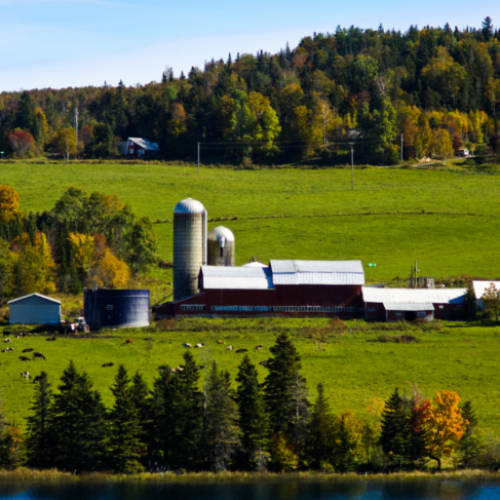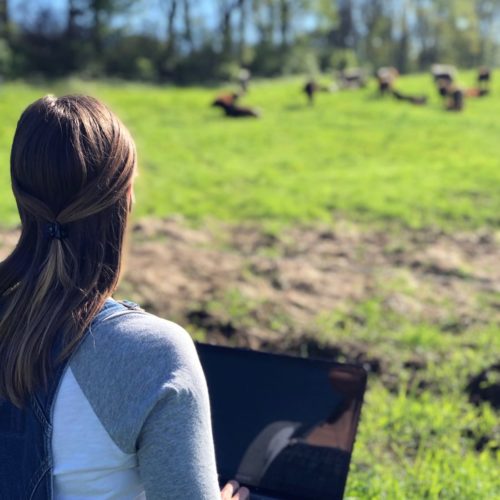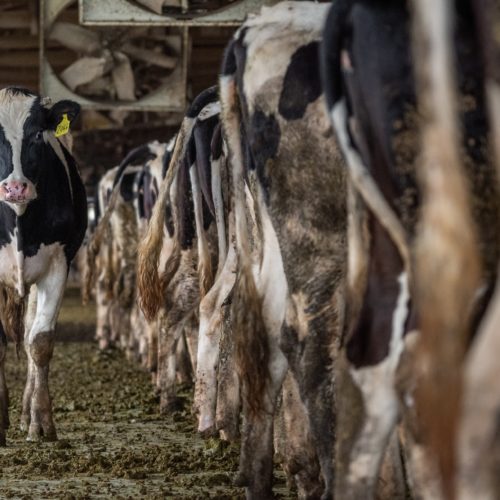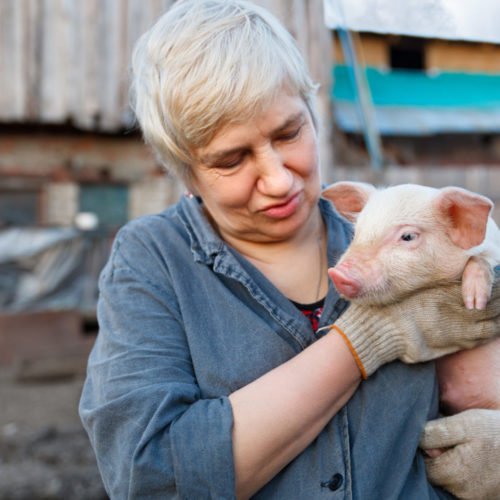
On May 26 of this year, the Wall Street Journal published an article entitled “Rural America is the New Inner City”. We decided to investigate this claim to see if it was, indeed, true.
The Wall Street Journal starts its article with the statement ‘There are twice as many funerals in Rural America as there are Baptisms’. For years, rural America thrived on a combination of mostly light manufacturing, distribution and agriculture. In many cases across the country, manufacturing and distribution have left the rural areas, and agriculture has in many cases become less labor intensive.
The socio–economic charts have flipped. Rural counties now rank worst among the other categories of urban, sub-urban and small cities in terms of poverty rates, educational level, teenage births and labor force participation rates. Poverty rates are up 45% in rural America, and income is down 7%. Comparatively, urban and small city poverty is on the decrease, and incomes up 6%. The WSJ states that opioid use in rural small towns is up and driving the resulting crime rates up as well. As population has declined and businesses have left, real estate values in the commercial sector have plummeted, and many building are left vacant. Employers have said that the loss of employment is not due to a lack of jobs, but a lack of qualified employees. Those business simply moved to suburban areas where the qualified labor exists. A number of rural areas during the ‘80s and ‘90s opened call centers for major corporations. Those call centers have left for overseas locations where labor is cheaper. Advances in telecommunications and technology has enabled this exodus to happen.
Federal and state anti-poverty programs designed to help the urban poor have failed to address the rural poor. Many of those programs helped with public transportation and day care, which is lacking in small towns and rural areas. There has always been a wage gap between non-metro areas and their urban counterparts, but in recent years that gap has grown as manufacturing left the small towns. The last recession widened the gap as well. While other sectors have recovered from the recession, the rural areas have not. Consolidation has shut down many rural hospitals in the past decade. Not only did this cause a loss of jobs and rural income, but it left the residence with much longer drives for health care. And rural residents are among those most in need of health care, since smoking has not decreased among the rural population as much as it has in the urban centers, and obesity rates have been increasing. Rural America and its small towns do not have the treatment facilities for opioid addiction that our urban and sub-urban counterparts have, and yet the opioid crisis has hit the rural parts of our nation at a disproportionate level.
There has been a lot of federal and state money directed to helping the urban areas of our country, funding efforts to improve education and skills training, medical care, public transportation, jobs and rebuilding the inner cities. Very little funding has gone to rural America.
In November 2016, many voters in the country’s rural counties cast their ballots for now President Trump in record numbers, thus electing him. He promised to revive our small forgotten towns, reduce regulation, increase trade, curb illegal immigration, and bring jobs back. Many small town and rural people think Trump cared about their plight, and felt that other politicians have not for a number of years.
Let’s look at some USDA data. While the population drain from rural to urban areas in 2015 slowed to no loss of population from rural counties, the population shift for the last half of the prior century was dramatic.
Percent of US Population
| Rural Counties | Urban Counties | Suburban Counties | |
| 1950 | 44% | 33% | 23% |
| 1999 | 18% | 25% | 57% |
As of 2014 only 14% of the population is rural, but those rural counties amount to 72% of the land mass of the country. Many farmers, departments of agriculture, and conservationist have pointed out that the 14% of our population produces 90% of our food on that 72% of the land. Many counties are continuing to lose population, and what population remains is getting poorer. These rural counties have lost a total of 650,000 people over the last four years. But there is a flip side – other rural counties gained a total of 500,000 people, decreased poverty rates and increased employment levels.
From 2000 to 2015 total rural population grew at a rate of 4.5%. During that same period, the rural Hispanic population grew at a rate of 45%. The USDA commission on Rural Affairs states that currently rural employment is lagging urban employment. The largest population losses are in the most remote areas. They also report that much of the loss of employers are due to the closing of large industrial plants, other manufacturing and distribution, and farms that have become more efficient with technology. Service producers and retailers are the bright spot, albeit paying lower wages.
One more set of statistics paints a rosier picture of rural America. It is safer to live in Small Town USA. Urban violent crime per 100,000 is 74% higher than rural towns, and even the suburbs have a violent crime rate 37% higher than their rural counterparts. Gun crimes are far higher in both urban and suburban locals than in rural counties. And 95% of rural household own a car, while only 13% of inner city households do (although the presence of rapid transit in urban areas reduces the need for automobile ownership).
Now that we have begun to dig through data and reports, we have found that there is a vast amount of information available on the subject – enough to warrant a second blog on the issue of urban vs. rural, which we will be bringing you soon.





